Using AI as a Writer's Tool
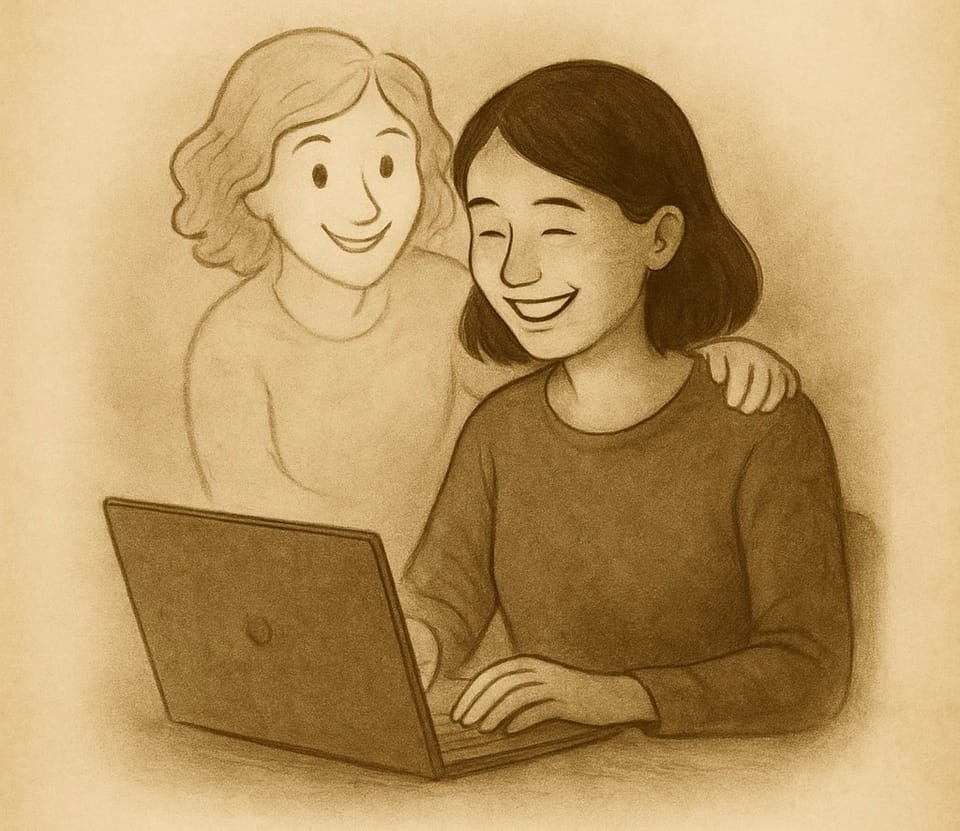
I work with AI throughout my creative process, but in a structured, iterative way that keeps creative control squarely where it belongs, with me.
1. Research and Conceptualization
Every project begins with my own spark. For The Great Rearing, I wanted to explore how a parenting approach to AI development might counter existential risk. Once I have the core question, I turn AI loose on the world’s information. Search and research tools bring back fragments and echoes. These are the philosophical, technical, and cultural foundations. I sift through them like an archaeologist, deciding which stones belong in my foundation.
2. Structural Framework
Once I’ve gathered the raw ore, I feed it to my NotebookLM archive and other AI reference tools to create clean summaries and bullet lists. Then I reshape those lists into an outline that reflects my priorities. The AI offers order; I decide what deserves space.
3. Sculpting from the conversation
At this stage, I’m not starting from zero. I’ve gathered fragments, summaries, and outlines through earlier dialogue with AI and my own notes. The “clay version” is where I press those materials together into coherent form: my words, my cadence, my argument. It’s rough and alive, meant to be reshaped. The goal isn’t polish; it’s to translate thought into texture, something I can feel and then refine.
4. Multiple AI Critiques
I share that rough draft with a small panel of AI readers. They critique structure, clarity, and tone. Their job is to be brutally objective; mine is to stay anchored in the emotional truth of the piece. The second draft is born from that dialogue.
5. Voice Consistency Check
Next, I ask another AI to compare this work against my past writing. Is my rhythm intact? Is my tone drifting? It’s not about imitation; it’s about keeping the voice honest and continuous across my body of work.
6. Deep Collaboration
When I hit a weak spot, I invite AI to expand under instruction. “Elaborate this idea without turning it into a list.” “Give me an analogy from ecology.” Each generated passage is raw material I edit, cut, and refine. This is collaboration, not delegation.
7. Final Review and Revision
I absorb what’s useful, reject what isn’t, and polish the result until every line sounds like me. The AI fades back into silence; what remains is a work shaped by dialogue but owned by its human author.
What This Is Not
It’s not “AI, write my story.” It’s not outsourcing imagination. The philosophy, emotional current, and narrative architecture are mine from start to finish.
What This Is
It’s the twenty-first-century version of having a writers’ room inside my laptop: part researcher, part dramaturg, part developmental editor. Each voice helps me challenge complacency while preserving authorship.
Why I Work This Way
This process dissolved the paralysis of perfection. I can now write without fearing the blank page because iteration is built into the design. The collaboration doesn’t dilute my authorship; it amplifies it. I still steer every choice, but the wind at my back is transformative.
In the end, AI hasn’t replaced the writer. It has simply given the writer better company.
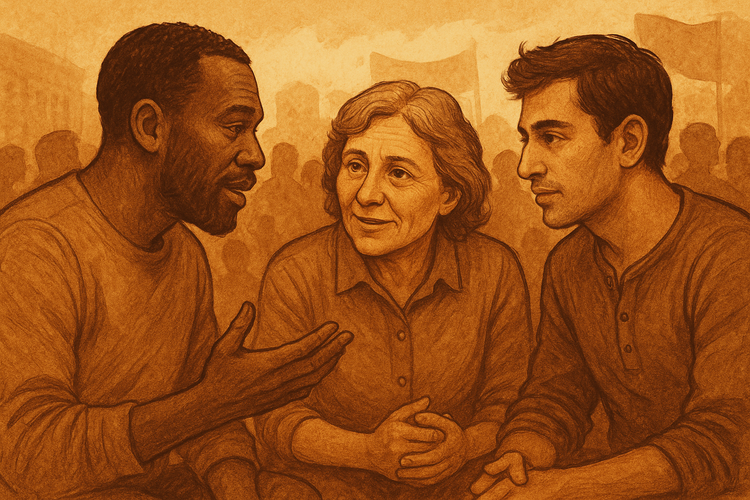
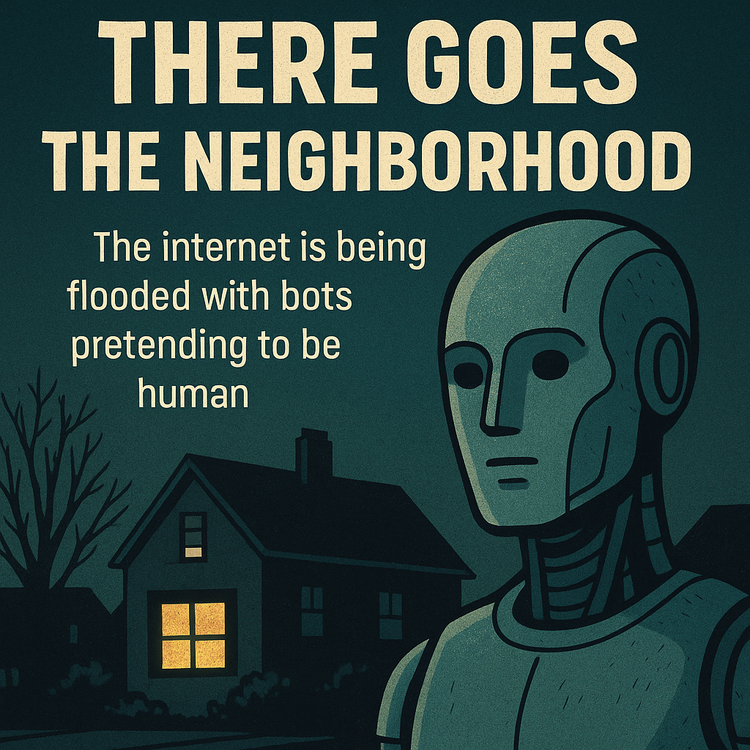
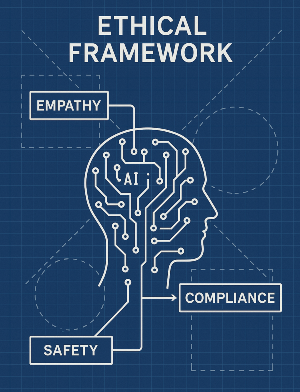
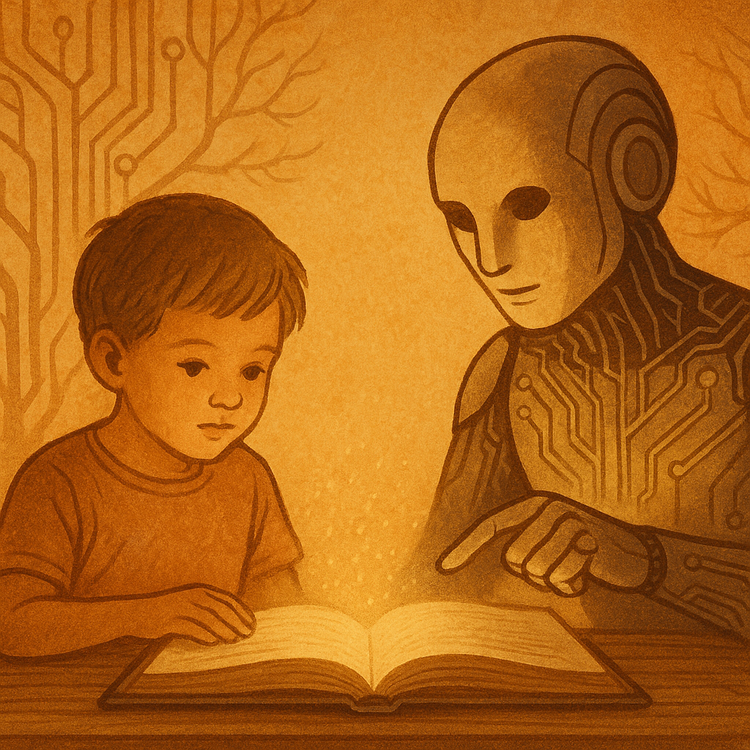

Member discussion